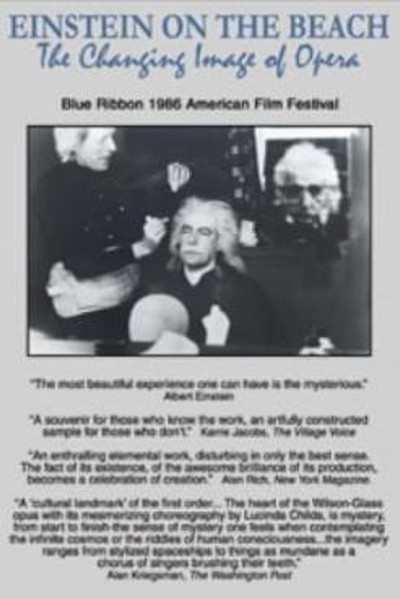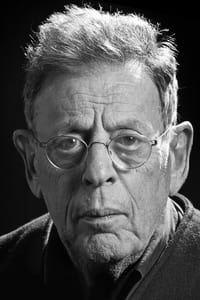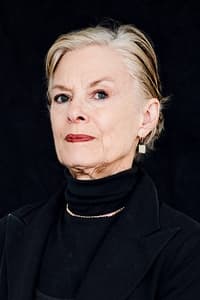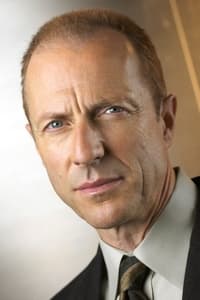Einstein on the Beach: The Changing Image of Opera
Genres
Documentary
OverView
The creative processes of avant-garde composer Philip Glass and progressive director/designer Robert Wilson are examined in this film. It documents their collaboration on this tradition breaking opera.
Others
Budget
$--
Revenue
$--
Status
Released
Original Language
English
Runtime
58 mins
Rating
10/10
Release Date
14 October 1985
Country




